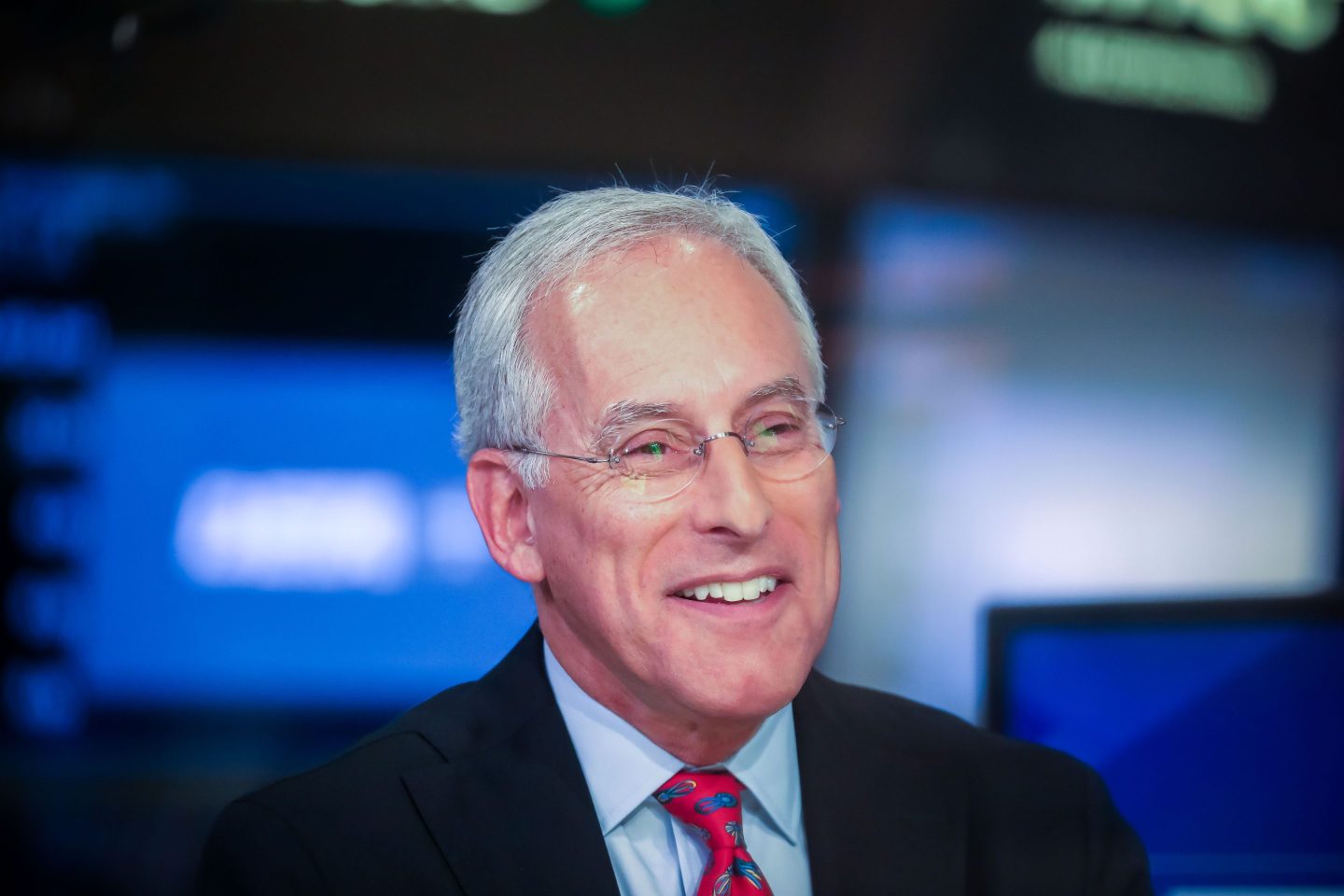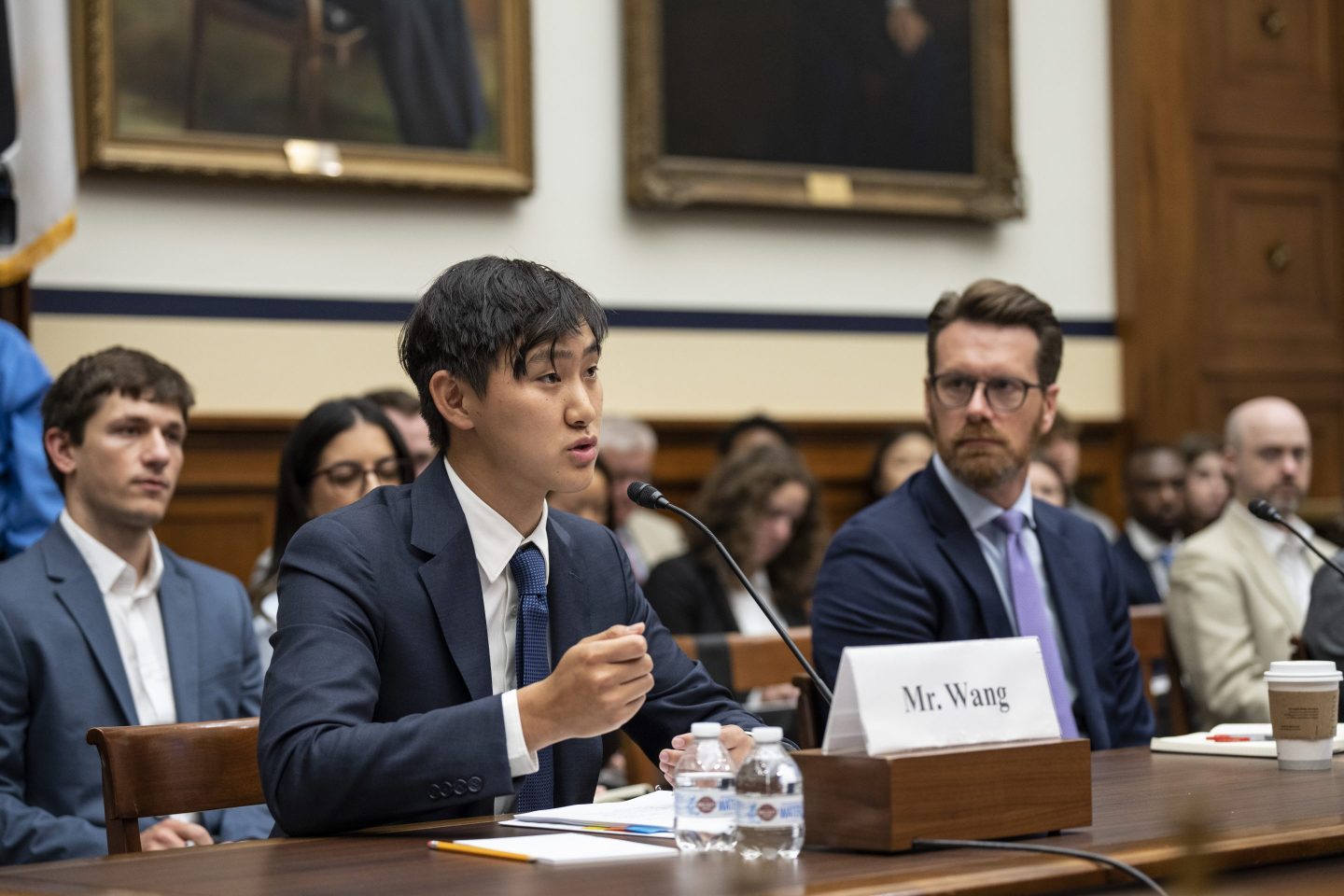Hey, folks. It’s raceAhead editor Aric Jenkins tagging in for Ellen today.
A remarkable headline flashed across my screen the other week: “Black Lives Matter May Be the Largest Movement in U.S. History.”
The article, published in the New York Times, cited polls from several data science and research firms. Each polling period covered about a week, give or take a few days, in early to mid-June. They placed the amount of people protesting in the U.S. at anywhere from 15 million, about 6% of the adult population (Pew), to 26 million, or roughly 10% of adults in the U.S. (Kaiser Family Foundation).
The professors who spoke with the Times for the story were astonished.
“I’ve never seen self-reports of protest participation that high for a specific issue over such a short period,” said Neal Caren, who specializes in social movements in the U.S. at the University of North Carolina. Another cited professor, Erica Chenoweth of Harvard, co-directs the Crowd Counting Consortium, which collects data on the size of crowds at political protests. In a scholarly review, Chenoweth found that international protests that successfully overthrow governments typically require about 3.5% of the population at their peak.
Black Lives Matter never sought to overthrow any governments, but the lasting change it’s accomplished is reminiscent of a revolution. All across the country we’ve been watching a reckoning unfold, from the Minneapolis City Council’s vow to dismantle the police department to the toppling of Confederate monuments. Public opinion of the movement has shifted dramatically in favor over the past two years, paving the way for new generations to more fully grasp the extent to which Black Lives Matter.
There is so much more work to be done, but it’s worth taking a moment to acknowledge all that has been achieved by Black Lives Matter as an official movement and organization. Seven years ago yesterday, July 13, 2013, Alicia Garza, Opal Tometi, and Patrisse Cullors first told the world that Black Lives Matter. Happy anniversary to the movement that was strong enough to stay the course as the rest of the world caught up.
I profiled Cullors for Time in 2018, just as public opinion on Black Lives Matter was starting to reverse from a net negative. “I think we have a crisis of divesting from poor communities, black communities in particular, and reinvesting into these communities with police, jails, courts, prisons,” she told me at the time. Her words are still as relevant as ever.
The difference is, instead of her saying it, or Garza, or Tometi, or me, or Black people in general, a mathematical majority of the country is now saying it. And a big reason why is because of Black Lives Matter.
Aric Jenkins
@aricwithan_a
aric.jenkins@fortune.com
On point
You want a diverse company? Make the CEO pay Experts mean that quite literally. Linking executive compensation to diversity outcomes seems like all the rage — unless you're a CEO. One analysis found that only 78 out of 3,000 companies reported that CEO pay was tied to diversity goal success, and only 11 were willing to share exactly how much compensation was in play. It’s an issue worth discussing, say experts. Diversity goals are one-sixth of the cash bonus of Microsoft’s chief executive, Satya Nadella. Last year his bonus was $10.8 million. “This is an important demonstration of executive commitment to creating an inclusive workplace, and we find this helps ensure there is shared accountability to make progress,” the company said in a statement.
New York Times
Racial disparities in healthcare extend to how doctors treat children’s pain As the health care system undergoes a nation reckoning, it’s vital to note all the different outcomes across broad spectrums of care. But pain is uniquely personal, highly subjective from a practitioner's point of view, and profoundly impacted by largely racist assumptions. In one national study of several cited here, Black children in severe pain from acute appendicitis were just one-fifth as likely to receive necessary painkillers compared to white children. And yes, slavery is a factor. One study, from 2016, found a third of white medical students and residents surveyed believed that Black people had thicker skin and were more pain resistant, an ugly myth used to justify violence during enslavement.
Washington Post
Meet the first Black photographer to ever shoot a Vanity Fair cover His name is Dario Calmese, and his treatment of the resplendent subject, Viola Davis, is in itself, a revolutionary act. “I did know that this was a moment to say something,” he said in an interview. “I knew this was a moment to be, like, extra Black.” Achievement unlocked. He used as a reference point an iconic image, “The Scourged Back,” an 1863 portrait of an enslaved man named Gordon, taken by Union Soldiers after he escaped from a nearby Mississippi plantation. Gordon’s back is a horror of raised scars. But while it is brutal, the photo is also, if unintentionally, powerfully constructed. Click through for the image, his story, and why diversity in media leadership matters.
New York Times
ServiceNow’s Bill McDermott says it’s time for companies to put their (race) cards on the table In our latest episode of the Leadership Next podcast, McDermott talks about his transition from the top spot at SAP, the scramble to respond as the pandemic set in, and how this current “war for talent” means its time to take a hard look at how your talent of color are faring in your organizations. Start by doing a deep audit. “Put the cards on the table and take a look at the facts,” he told Alan Murray and me. “The facts just don’t lie. … And by looking at the facts honestly and openly, you will open up a new gateway to innovation and opportunity within your company because that’s what people want.”
Leadership Next
On background
You say you want a revolution: RaceAhead joins forces with the Aspen Institute I’ll be joining Jim Keane, President & CEO at Steelcase and Carmen Rojas, President & CEO at Marguerite Casey Foundation (and raceAhead treasure) for a conversation called The Value of Worker Voice. It’s part of a fascinating multi-platform series hosted by the Business and Society Program of The Aspen Institute that explores the critical choices facing business leaders in a COVID-19 reality. This subject — worker wellbeing, investment, and empowerment — is woefully underexplored. How can leaders give workers a bigger voice in decision-making? Click here for a blog post with their thoughts, then Zoom along with us if you can on July 21 at 2 pm Eastern time. Register below.
The Value of Worker Voice
Remembering Naya Rivera It is an almost unimaginable loss for fans of the former Glee actor, who thrilled audiences for her portrayal of a queer Latina teen, whose character navigated the intersections of her life with flaws, fierceness, vulnerability and, in retrospect, real grace. Rivera, who died in a boating accident on a Southern California lake, was 33. Fans have been playing her greatest hits and lamenting the loss, but one of many tributes caught my eye. Madison Malone Kircher recalled the moment when Rivera’s character, Santana Lopez, came out to the love of then young life in song. “Santana’s still not ready to tell the world about the full depth of her feelings; she’s struggling just to claim them for herself,” writes Kircher. A moment that exactly matched Kircher’s own struggle at the time. For you, there’ll be no more crying, Naya. Rest in power.
Vulture
The many lessons of Haiti On January 1, 1804, Haiti became the first nation or state anywhere in the world to ban both slavery and imperial rule. While this vital history has gotten more traction in the past few years, some of the nuances of that milestone, and what happened next, have yet to be fully parsed. Marlene L Daut, a professor of African diaspora studies at the University of Virginia, does a beautiful job providing essential context. “[M]uch of the credit for the eventual destruction of the transatlantic slave trade and the elimination of Atlantic slavery has gone to French and British abolitionists,” she writes, snatching the mic back on Ayiti’s behalf. But widespread colonialism and predatory capitalism converged to dampen the movement. “The existence of freedom and independence on the island of Haiti terrified planters and heads of slavery throughout the Atlantic World, including the US president Thomas Jefferson who subsequently punished both states of Haiti by issuing trade embargoes.” What’d he miss? Turns out, quite a bit.
Aeon
raceAhead is edited by Aric Jenkins.
Today's mood board
Congratulations again, Dario!
https://twitter.com/VanityFair/status/1282993522036150273?s=20













